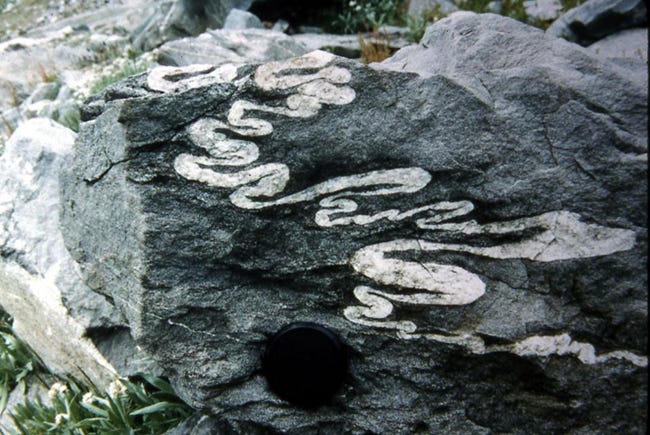Ptygmatic Folds
Not an intestine, parasite, or toothpaste, but another crazy geologic structure.
Welcome to Let’s Talk Outcrop, your newsletter all about Earth Science. I send weekly Tuesday and Friday emails explaining cutting-edge research, interesting topics in Earth Science, or examining fundamental Earth processes.
This series, Fold Friday, is exclusively for paid subscribers and offers an in-depth summary of some amazing folded formations I have found.
If you are currently a free subscriber and would like to upgrade to support my work, and gain access to this series and the full archive sign up using the link below.

Most of the folds I've been highlighting since I started the Fold Friday series result from mountain-building processes. In general, this makes sense. Compression of crustal rocks due to tectonic collisions is the most likely setting to generate folded rocks.
Many folds you'll most often recognize and think of are rounded at the fold axis, fairly uniform, and look like a dome or archway. The majority of folds have smooth center lines and may be bounded by smaller auxiliary folds. Frankly, in my mind, when I hear the word fold I automatically associate it with a dome or simple U-shaped structure.
Well, not this week. This week, I'm showcasing a different type of fold entirely that, quite frankly, looks more like a parasite than a geologic formation.
Keep reading with a 7-day free trial
Subscribe to Let's Talk Outcrop to keep reading this post and get 7 days of free access to the full post archives.



